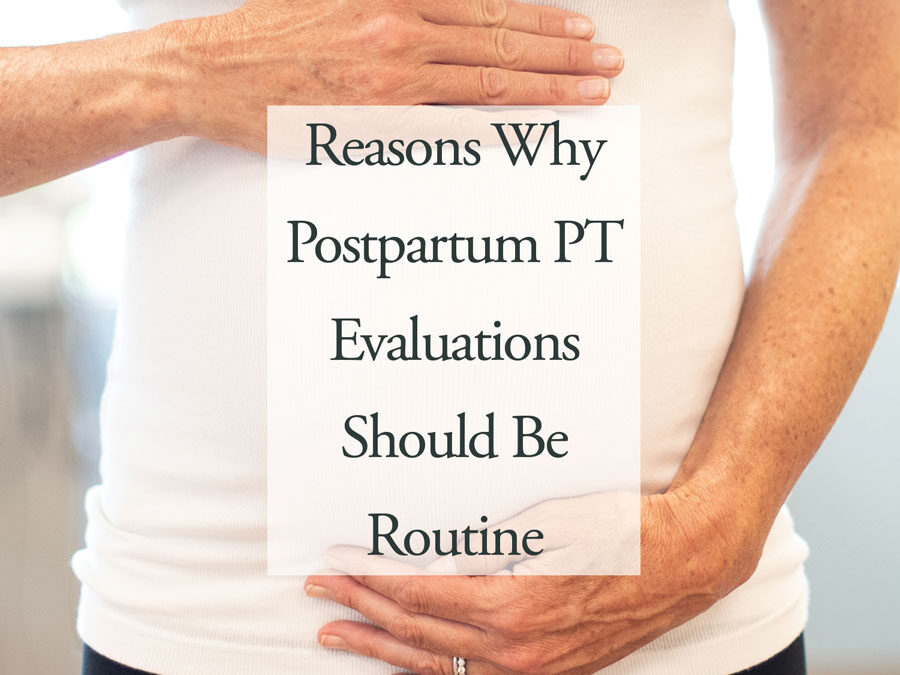It takes 40 weeks (almost 10 months) to grow a baby to full term. During this time, your body under goes so many amazing changes to accommodate the growth of the uterus and baby. The increase in the hormone Relaxin, allows for the hip and pelvic girdle to expand to hold the baby. The pelvic floor muscles are under stretch tension, but also need to continue to be strong for support and stability. As the baby grows, the hips shift anterior, increasing the curvature of the spine. The breasts enlarge, and the shoulders begin to move forward. All of these changes affect the surrounding muscles requiring them to rebalance, as well as posture and walking patterns. And that’s not even including the muscle requirements for labor or childbirth, with more trauma occurring when a cesarean birth takes place. The 6-8 week check up with the OB rarely includes muscles assessment of the pelvic floor. And more often than not, women are cleared at this time to return to full activity. Huh? That hardly seems right after all the work, stress and changes the body has been through. If you talk to any Pelvic Floor Physical Therapist, we will tell you that a postpartum evaluation should be offered, if not required, for every woman, and here is why.
Reason 1: Posture Assessment
During pregnancy the shoulders round forward and there is an increase in the low back curvature. Some of these postures progress while caring for a newborn, supporting the head and during feeding. This posture puts excess stress through the shoulders, neck and low back, and can lead to pain. A posture assessment identifies the limitations in normal spine movement and weaknesses throughout the trunk to re-align the spine.
Reason 2: Orthopedic Evaluation
This also includes a strength assessment of the hip girdle and shoulders, and flexibility assessment of the hips and spine. This also includes the evaluation for a diastasis rectus (effecting 99.9% of women post-partum), and core activation/strength. We evaluate movements patterns, transfers and lifting techniques (care for a newborn!).
Reason 3: Breathing Assessment
Normal breathing patterns allow for the air to travel into the chest and then into the belly creating a soft rise. During pregnancy, the growing baby takes up the belly room and shifts breathing patterns to become more chest dominant. The pelvic floor and diaphragm need normal breathing patterns to work together.
Reason 4: Pelvic Floor Muscles
These muscles play a huge role in stabilizing the hip girdle and supporting the baby and uterus during pregnancy. During a natural childbirth, they undergo an incredible stretch allow for the baby to pass through. Evaluation of these muscles includes assessment of strength and tension to resolve pain, incontinence and/or dyspareunia (pain with intercourse). Scar tissue and healing of a perineal tear, cesarean scar mobility, and prolapse assessment is also performed.
Reason 5: YOU
You are important. Your body is important. Taking the time now to heal and strengthen your body allows you to return to normal fitness routines, household chores, work and eventually chasing after a toddle. It also sets your body up to be strong and ready for any additional pregnancies!


